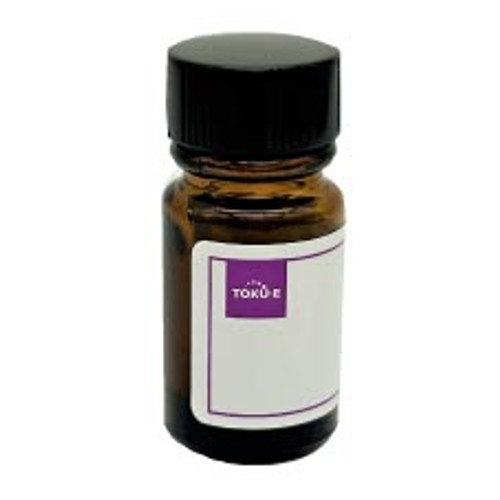Ertapenem Sodium is a broad-spectrum, β-lactam, a 1-beta-methyl carbapenem that interferes with peptidoglycan synthesis. Ertapenem has been commercially available since 2001 and is marked by Merck. Ertapenem binds to penicillin binding proteins located on the cell wall. It has a narrower spectrum of activity than imipenem. The compound is commonly used in antimicrobial susceptibility testing.
Ertapenem Sodium is freely soluble in water but practically insoluble in ethanol.
We also offer:
- Ertapenem Sodium, EvoPure® (E008)
| Mechanism of Action | β-lactams interfere with PBP (penicillin binding protein) activity involved in the final phase of peptidoglycan synthesis. PBPs are enzymes which catalyze a pentaglycine crosslink between alanine and lysine residues, providing additional strength to the cell wall. Ertapanem binds to PBP 2 and PBP 3. Without a pentaglycine crosslink, the integrity of the cell wall is severely compromised and ultimately leads to cell lysis and death. Resistance to β-lactams is commonly due to cells containing plasmid-encoded β-lactamases. Erapenem is resistant to hydrolysis by a variety of β-lactamases, including penicillinases, cephalosporinases and extended-spectrum β-lactamases. |
| Spectrum | Ertapenem Sodium has broad-spectrum activity targeting a wide spectrum of aerobic and anaerobic Gram-positive and Gram-negative bacteria. |
| Microbiology Applications | Ertapenem Sodium is commonly used in clinical in vitro microbiological antimicrobial susceptibility tests (panels, discs, and MIC strips) against Gram-positive microbial isolates. Medical microbiologists use AST results to recommend antibiotic treatment options.
Representative MIC values include: Staphylococcus aureus: 0.12 µg/mL – >16 µg/mL It is active against cephalosporin-resistant enteric organisms producing Extended-Spectrum β-Lactamases (ESBLs) and penicillin-resistant Streptococcus pneumoniae. It has restricted activity against nosocomial pathogens including Pseudomonas aeruginosa, Acinetobacter species, methicillin-resistant staphylococci and enterococci. Resistance to Ertapenem results from the expression of certain β-lactamases and carbapenemases. A novel matrix-assisted laser desorption ionization-time of flight mass spectrometry (MALDI-TOF MS) assay to analyze β-lactamase activity was described. In contrast to routine assays that look at bacterial growth in response to antibiotic exposure, the MALDI-TOF MS-based method analyzes the enzymatic reaction of the β-lactamase at the molecular level (Sparbier et al, 2012). |
| Molecular Formula | C22H24N3O7S . Na |
| References |
Cunha BA (2002) Ertapenem. A review of its microbiologic, pharmacokinetic and clinical aspects. Drugs Today (Barc) 38(3):195-213 PMID 12532175 Hammond ML (2004) Ertapenem: A group 1 carbapenem with distinct antibacterial and pharmacological properties. J. Antimicrob. Chemother 53(2):7-9 PMID 15150178 Pitout JD, Sanders CC, Sanders WE (1997) Ertapenem: a Group 1 carbapenem with distinct antibacterial and pharmacological properties. Am. J. Med. 103:51 Sparbier K, Schubert S, Weller U, Boogen C and Kostrzewa M (2012) Matrix-assisted laser desorption ionization-time of flight mass spectrometry-based functional assay for rapid detection of resistance against β-lactam antibiotics. J. Clin. Microbiol 50(3)L927-937 PMID 22205812 Williams JM (2005) Practical synthesis of the new carbapenem antibiotic Ertapenem Sodium. J. Org. Chem. 70(190):7479–7487 PMID 16149774 |







